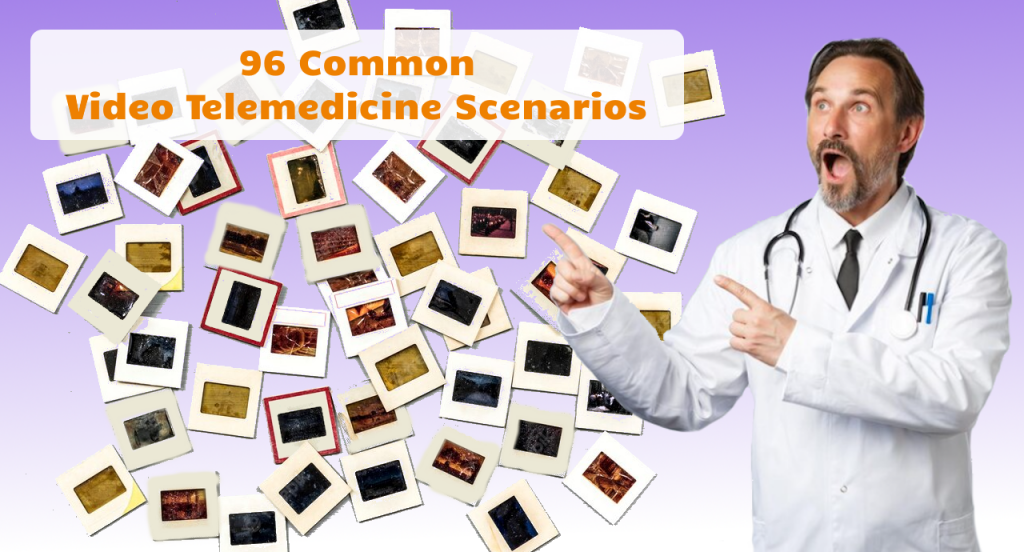
As we move into summertime and maybe with some vacation upon you, I invite you to take this summary of Telehealth Tuesday’s five articles in May with you for some entertaining and educational reading.
This month I was all over the place: First I finished our 2-part article on Rock Star Telehealth Coordinators, and next I encouraged change leaders to Be Brisk, Go Big and Go Bold.
Continuing on the theme of innovation adoption, I explained my use of “CPT Codes”, with a focus on Culture, Process, and Technology.
I wrapped up the month with an illustrative description of 96 typical telehealth scenarios and an admonition to healthcare leaders to work on their digital front door.
Enjoy your readings!
The 7 Skills of a Rock Star Telehealth Coordinator
What soft skills and hard skills does your Telehealth Coordinator need to rise up to the Rock Star level? Here are the 7 key skills that a Telehealth Coordinator must master.
Sustainable Telehealth & Digital Health Success: Be Brisk, Go Big, Go Bold — Or Go Broke!
Transformations are easy to dream up, but hard to sustain. Too many flash in the pan change efforts of past decades leave staff cynical. What’s needed is a brisk, big, bold approach.
96 Common Video Telemedicine Scenarios
Did you realize that there are 96 common scenarios for video telemedicine? Patients and providers can be in different locations, there are different scheduling types, and we can have video visits or virtual exams. This article describes them all.
No Digital Front Door: Failing the Modern Healthcare Consumer
The Modern Healthcare Consumer expects to access care through the digital front door, but in many organizations, the door is too small, off the hinges, and partially stuck. Here’s my discussion of a survey reporting only 17% of patients thought access was improving.





